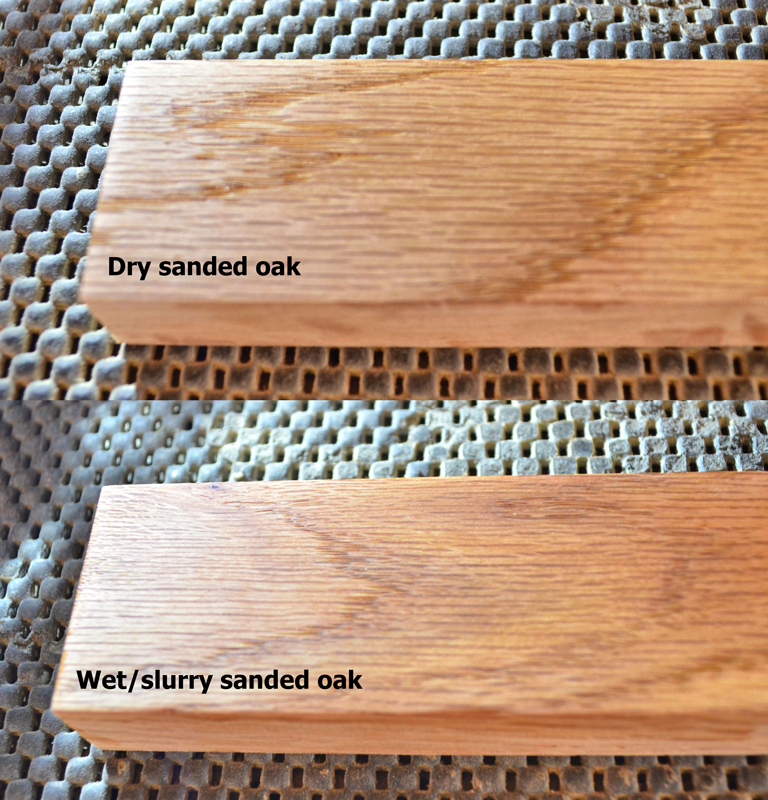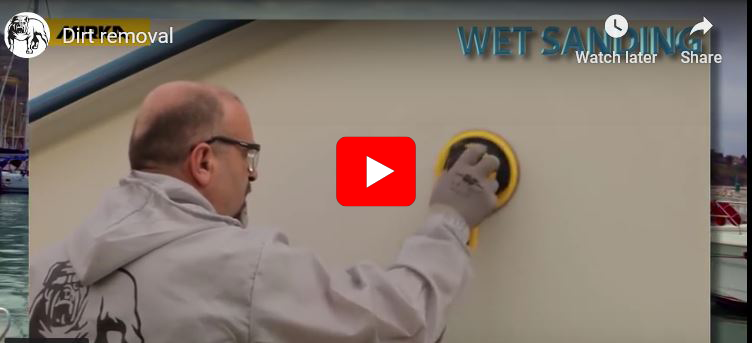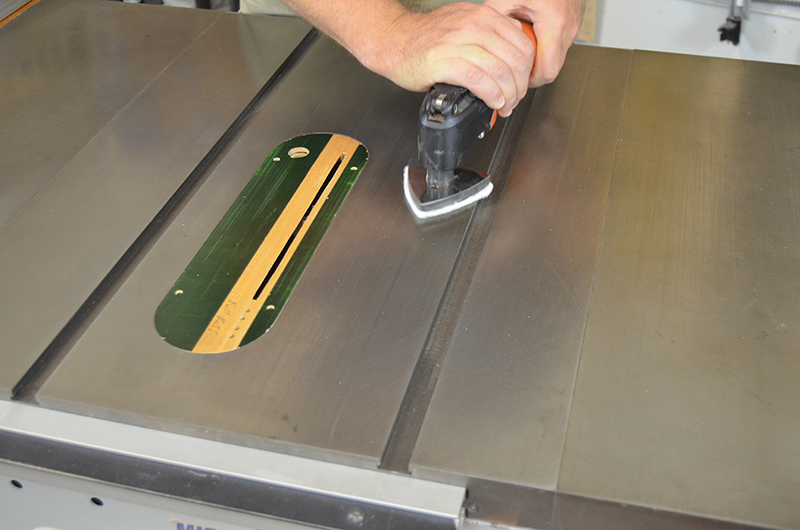Wet Sanding
Posted by The Team at 2Sand on 11 18 2019
Wet sanding, the process of using abrasives with some form of liquid media, is likely as old as sanding itself. Shark skin is known to have been a very early form of sandpaper, and it certainly would have been easier to work with, and would last longer, when moist. Early builders in the desert used sand without any backer as an abrasive. Wetting the work area would have greatly enhanced the process by keeping the grains in place longer as well as keeping dust under control.

Not surprisingly, this ancient technique is useful today especially because the materials being used have improved dramatically. As we discussed in a previous blog post, wet sanding woods like walnut and oak creates a fine “slurry” that fills the open pores and helps create a very smooth finish. This technique is far from limited to woodworking. Buffing compounds used in polishing plastics and paint finishes are also forms of wet sanding.
Wet sanding is a technique used regularly by automotive painters as well as craftsmen restoring the surfaces of fiberglass boats. It is a technique that should be mastered by anyone wishing to create the best possible finish. A big part of the technique is combining the right sanding product with the most appropriate liquid media.
Here's a short wet sanding video, courtesy of Mirka:

As the paper backing of common sanding sheets quickly deteriorates when wet, a wet/dry product, such as RhynoWet, is the correct abrasive product choice when slurry sanding wood or plastic surfaces.

Non-woven abrasive pads are an excellent choice for removing rust from cast iron machines or cleaning steel parts prior to welding or painting. Combining non-woven abrasive pads with a light oil helps to make short work of surface preparation. Additionally, as we discussed in a recent blog post , these pads can be cut to shape easily for use with power sanders.
Restoring faded and weathered finishes on boat hulls is primarily a wet sanding operation and goes a lot faster using disks designed for random orbit sanders. These discs are even available in sets designed to work right through the grits needed to accomplish a professional finish. Because they contain each grit necessary, there is no need to choose which grits to keep on hand.

When creating the final polish on automotive finishes, a much finer material is needed. A wet sanding and polishing system, such as Eagle Buflex WET pads, used with water or a liquid buffing compound, knocks down any “orange peel” effect, producing a truly smooth gloss finish that is extremely difficult to get without wet sanding.
Wet sanding should be a consideration whenever a high gloss finish is needed. 2Sand.com, carries the right sanding supplies for the job, whatever is required. If you have questions about the right product for your job, we invite you to reach out to us at service@2Sand.com or give us a call at (800) 516-7621. We’re here to help!
Happy Sanding!
